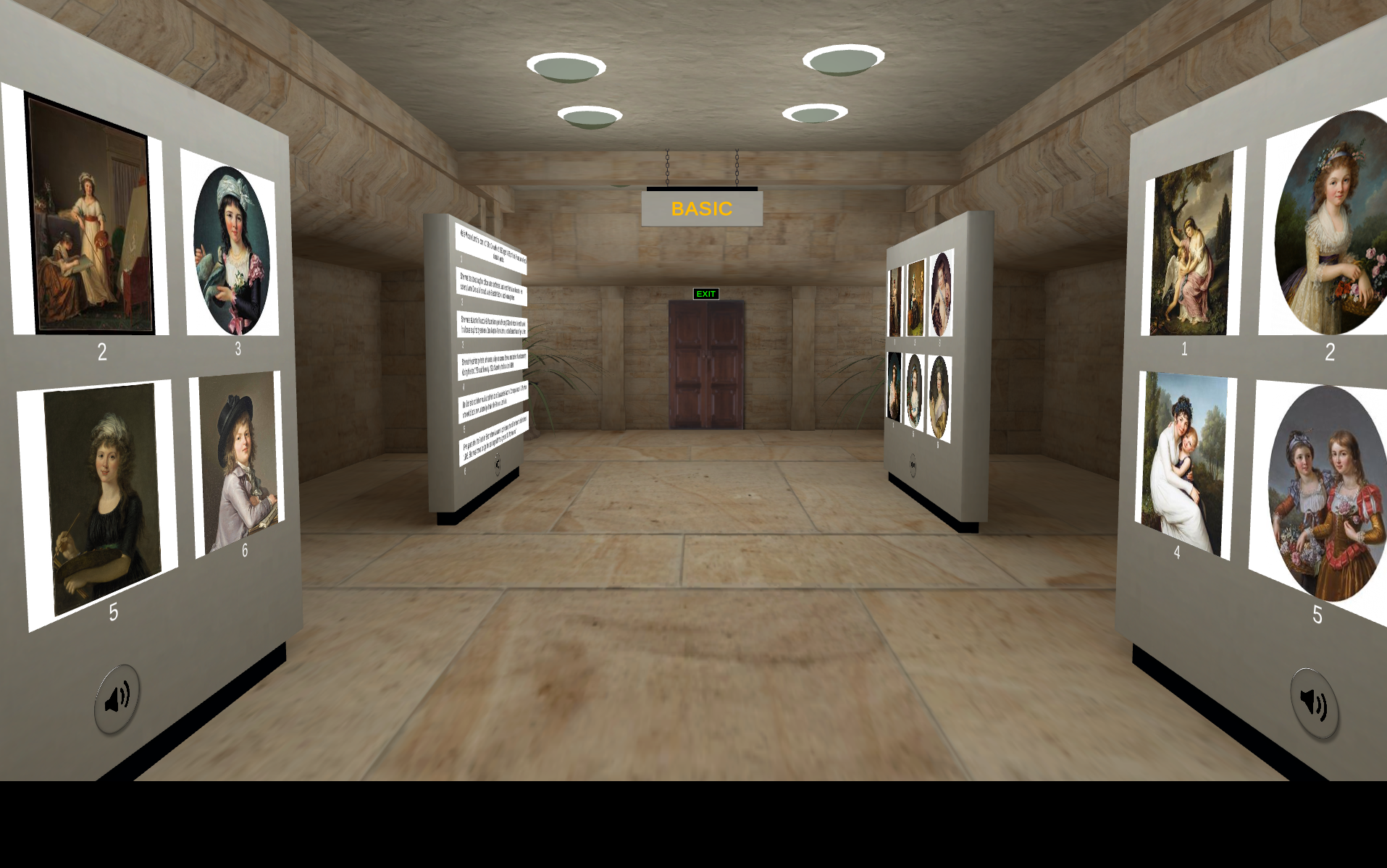Creating an online museum involves several steps, including planning, content creation, website development, and marketing. Here’s a general guide on how to create an online museum:

Define Your Purpose and Scope:
Determine the focus and theme of your museum. It could be based on a specific art style, historical period, cultural heritage, or any other subject.
Decide on the types of artifacts, artworks, or exhibits you want to showcase.
Research and Curate Content:
Gather high-quality digital images, videos, and descriptions of the exhibits you want to display.
Ensure that you have the necessary permissions and rights to use the content, especially if it belongs to other artists or organizations.
Choose a Website Platform:
Select a website builder or content management system (CMS) that suits your needs and budget. WordPress, Wix, Squarespace, Eternal3d.com, and Shopify are popular choices for creating websites.
Design Your Website:
Create a user-friendly and visually appealing layout that reflects the style and theme of your museum.
Organize your exhibits into logical categories and navigation menus.
Incorporate multimedia elements like images, videos, and interactive features to enhance the visitor’s experience.
Develop Online Exhibits:
Digitally present your exhibits with detailed descriptions and historical context.
Consider providing audio or video guides to enhance the visitor’s understanding and engagement.
Include Educational Content:
Offer educational resources, articles, and blog posts related to your exhibits to provide in-depth knowledge to visitors.
Implement Online Ticketing and Donations:
If you plan to charge for special access or accept donations, integrate an online ticketing or donation system.
Ensure Accessibility:
Optimize your website for accessibility so that people with disabilities can easily navigate and engage with your content.
Test and Launch:
Thoroughly test your website for functionality and responsiveness on different devices and browsers.
Once everything is ready, launch your online museum to the public.
Promote Your Online Museum:
Use social media, email newsletters, and digital advertising to promote your museum and attract visitors.
Collaborate with art influencers, bloggers, and other relevant websites to increase visibility.
Engage with Visitors:
Encourage visitors to provide feedback and reviews on your exhibits.
Consider hosting virtual events, live streams, or Q&A sessions to interact with your audience.
Regularly Update and Maintain:
Keep your online museum updated with new exhibits, educational content, and interactive features to keep visitors coming back.
Remember that creating an online museum requires dedication and ongoing effort to ensure a compelling and enjoyable experience for your visitors.
#virtualartexhibition #ImmerseInArt #eternal3d #virtual #art #exhibition #3dartexhibition
Eternal3D.com #california #cerritos #unitedstate #eternal3d #3d #space #virtualexhibition #virtua
l #contemporaryart #onlineexhibition #artexhibition #artwork #artist #paintings #fineart
#artgallery #stayhome #virtualgallery #modernart #DigitalExhibition #artonline #gallery


